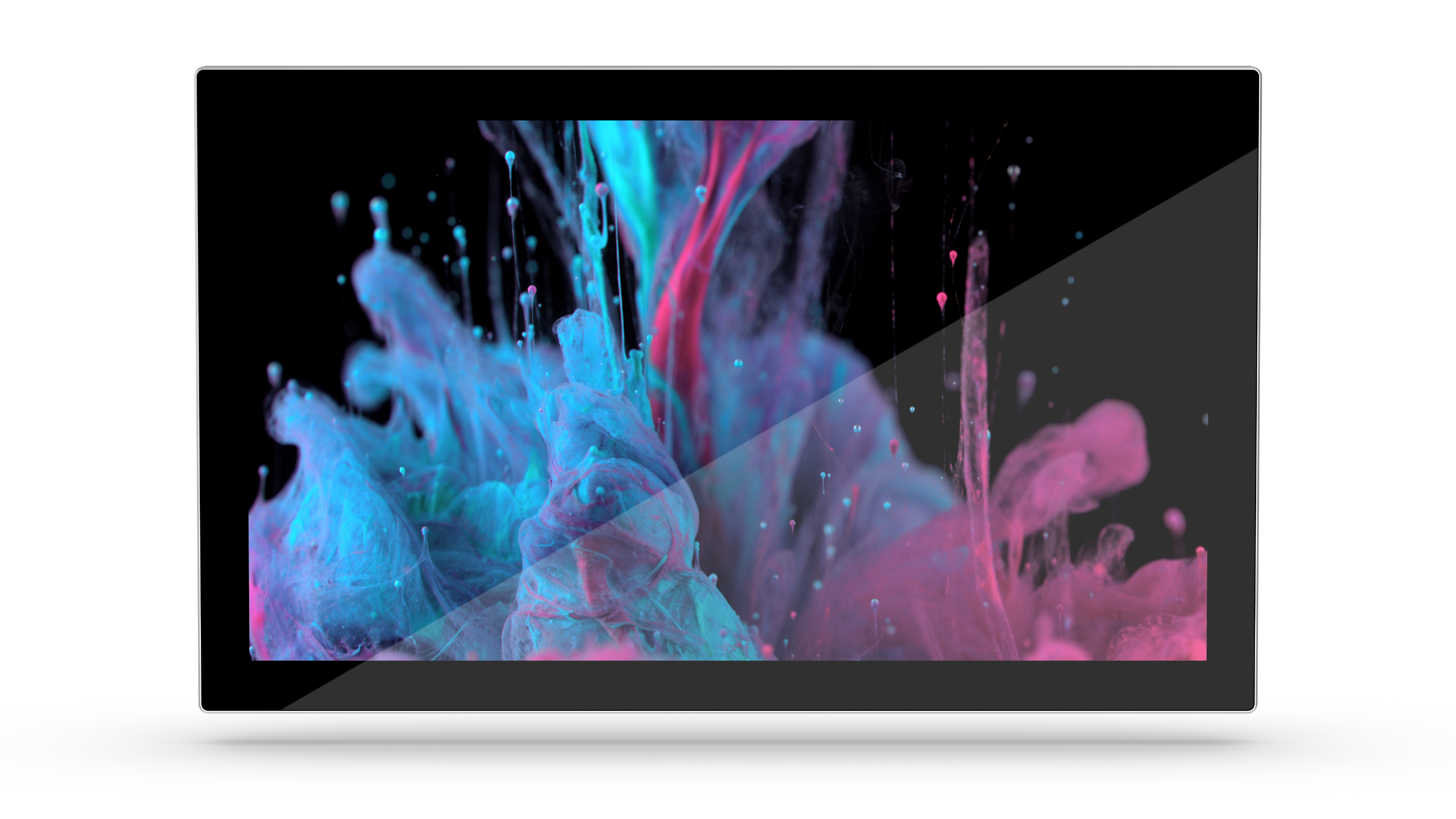As early as 1974, the American Dr. Sam Hurst developed the first transparent touch display. Even then, he was worried about the fact that a monitor would be just as suitable for data entry as the mouse or keyboard input devices that were common at the time. Ever since the American company Apple launched its first iPhone in 2007, there has been a change in the continuous development of touchscreen technology.
The control of touch screens with ordinary gestures
Swiping your finger across screens, or using certain gestures on the surface to control applications and perform functions is now part of our everyday life.
Various studies show that touch operation is more intuitive and more efficient than other input devices (mouse, keyboard, trackball), especially for complex tasks. One of these studies is, for example, the study carried out in 2010 by the Stuttgart Media University and User Interface Design GmbH to investigate cultural differences and similarities in the gesture-based operation of multi-touch surfaces.
The use of touch screens is becoming increasingly popular
If you are an active touchscreen user yourself (whether privately or professionally), you can easily answer the question of why you like to use touchscreens. We have researched the advantages of touchscreen inserts for you, which are important to us:
- Intuitive and fast operation. For example, two fingers can be used to rotate photos or enlarge websites.
- a low level of training in the use of touchscreens
- the safety of use, because you can always see what is happening
- the direct integration into the system used (you no longer need external devices, such as mouse or keyboard) and thus saves space
- the simplicity and flexibility of touchscreen applications
- the long service life, which is considerably longer for GFG touchscreens than for resistive standard touchscreens, for example (see graphic below)

You can find out more about the various touchscreen technologies, their functionalities and possible applications on our website in the Products section. The above-mentioned study can be downloaded from the URL given at the source.

